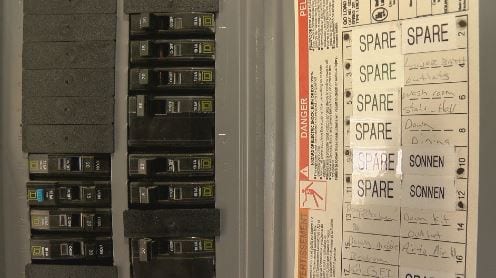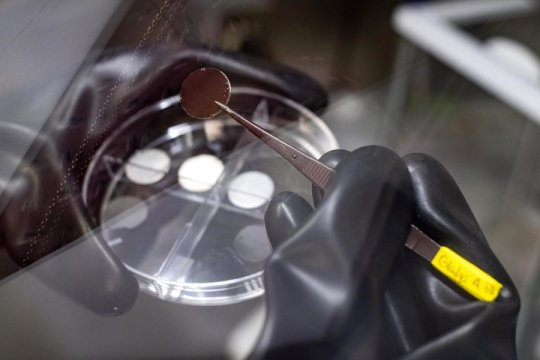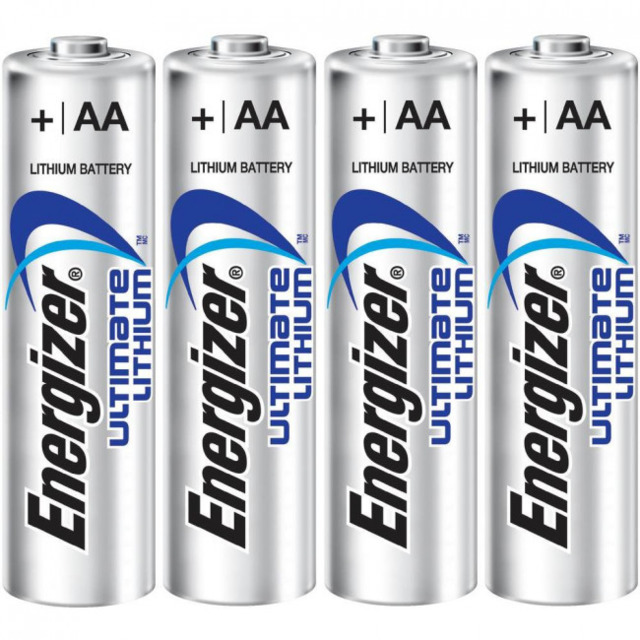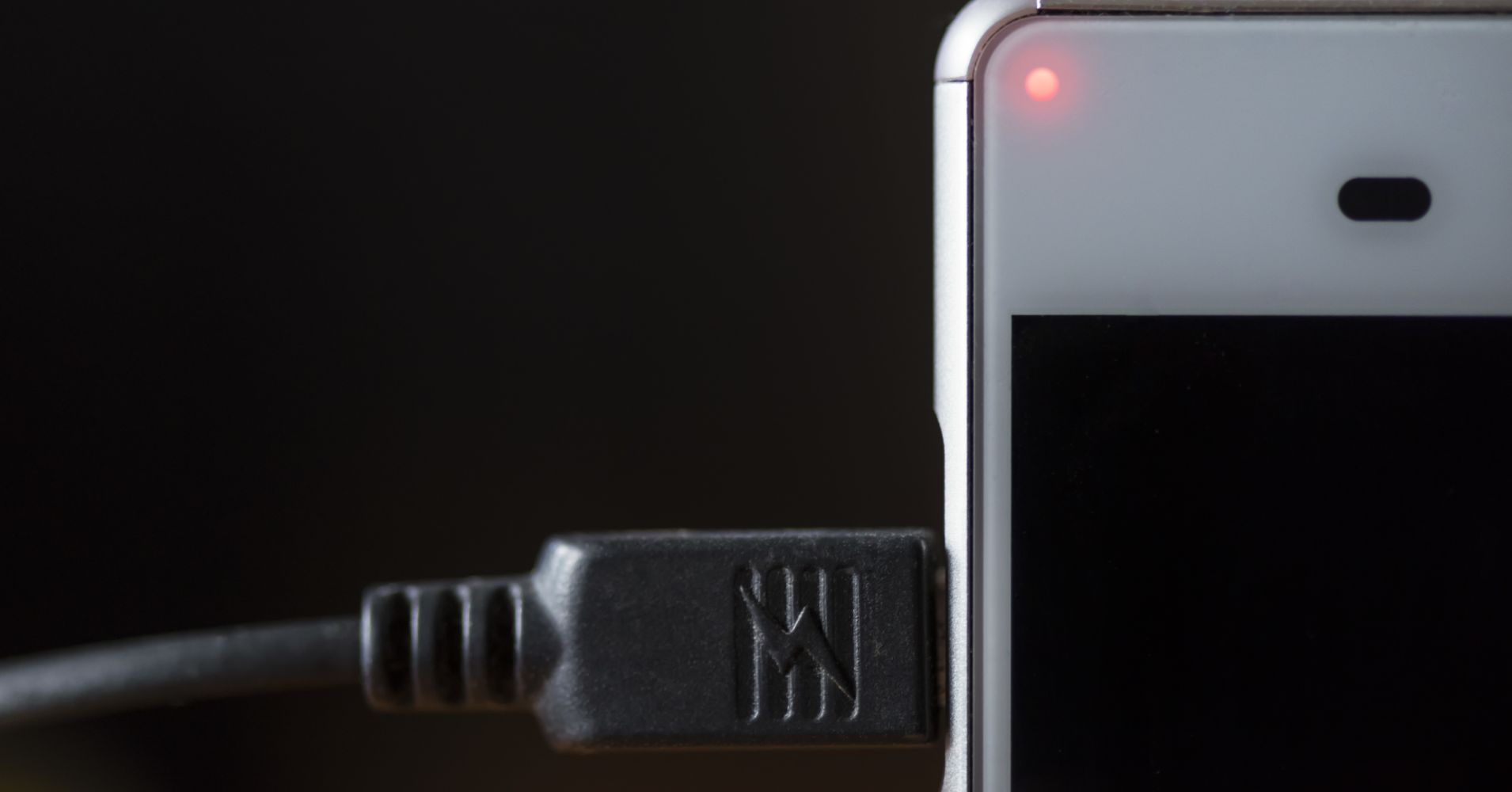
Higher energy prices don’t often come with the ability for homeowners to cut back on how much they use.
New technology could help with that, in the form of something called residential battery storage.
The key to this system is managing when a home is using power from the grid or using battery power.
Local energy co-op MiEnergy Cooperative launched a five year pilot program earlier this month to test how well this could help save money for members.
Four 16 kilowatt-per-hour smart battery storage systems are being installed at co-op members homes in both Minnesota and Iowa.
“During certain times of the day, certain times of the year, the battery system would actually provide power to certain circuits of the home and then lowering the demand on the home,” said Chad Chaffee, MiEnergy Cooperative Vice President of Operations.
What happens with this setup, is the battery storage system charges overnight when power use is at its lowest. It then switches on during peak use times, usually between 4 p.m. and 7 p.m. when energy costs are highest.
“These are the two existing electrical services for the residence,” said Tony Kassa, STAR Energy Services Master Electrician. “With the homeowners help, we decided which circuits he wants to have on the battery storage system. The essential loads are the ones that will be running off the battery storage system during peak times and in a power outage.”
Things like furnaces or air conditioners would not be run off batteries because they use too much power.
“I’m very glad to be apart of this pilot project because I’d like to contribute in the gathering of data that MiEnergy is involved with so that we can better the lives of all our members and all our surrounding communities,” said Vassil Vutov, homeowner and MiEnergy Employee.
Homeowners participating in the pilot program can monitor their energy usage online or on a mobile app.
The next two battery storage systems will be installed by the end of this year in Decorah and Ridgeway, Iowa.





